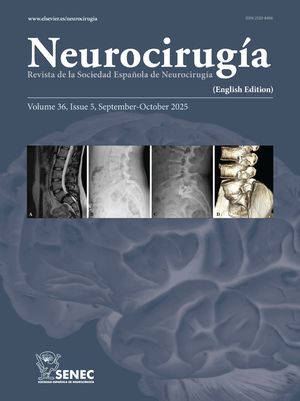La inestabilidad espinal es una de las causas más frecuentes de dolor lumbar, y sin embargo no ha sido plenamente definida y no muy bien comprendida. En general se considera que un segmento lumbar es inestable cuando genera movimientos anormales que a la larga conducen a una restricción en los movimientos fisiológicos vertebrales para compensar la aparición del dolor.
Para que la columna se defienda de la aparición de la inestabilidad pone en marcha tres subsistemas, musculoesquelético pasivo, activo y neural, pero la disfunción aguda o crónica degenerativa de alguno de ellos provoca una disfunción vertebral. La inestabilidad debe de ser detectada clínicamente durante el examen médico y refrendada por un concienzudo y dinámico examen radiológico. Sobre estas bases se procederá al tratamiento específico de cada caso, de forma individualizada, bien conservadoramente o con cirugía. Pero el número de fallos es mayor de lo deseable, lo que significa que la plena comprensión está por llegar.
En esta revisión se analizan los criterios de diversos autores para establecer una más uniforme aproximación al diagnóstico clínico, radiológico, así como la indicación del tratamiento.
Spinal instability is considered to be one of the most important causes of low back pain but it is poorly defined and not well understood. A lumbar motion segment is considered to be unstable when it exhibits abnormal movement. The spinal stabilizing system is conceptualized as consisting of three subsystems; passive musculoskeletal, active musculoskeletal and neural subsystems. Chronic dysfunction of the components of any of the subsystems or increased functional demands on them may lead to adaptive changes. The instability can be detected during the physical examination by a trained observer and by radiographic studies with dynamic views obtained in the frontal and lateral projections identifying unstable states.
The majority of patients with spinal instability unresponsive to conservative management require only decompressive surgery or fusion.
In this review we analyze the opinions related with the management of segmental instability of the lumbar spine and comment on the diagnosis criteria used by different authors.
Article

If it is the first time you have accessed you can obtain your credentials by contacting Elsevier Spain in suscripciones@elsevier.com or by calling our Customer Service at902 88 87 40 if you are calling from Spain or at +34 932 418 800 (from 9 to 18h., GMT + 1) if you are calling outside of Spain.
If you already have your login data, please click here .
If you have forgotten your password you can you can recover it by clicking here and selecting the option ¿I have forgotten my password¿.






